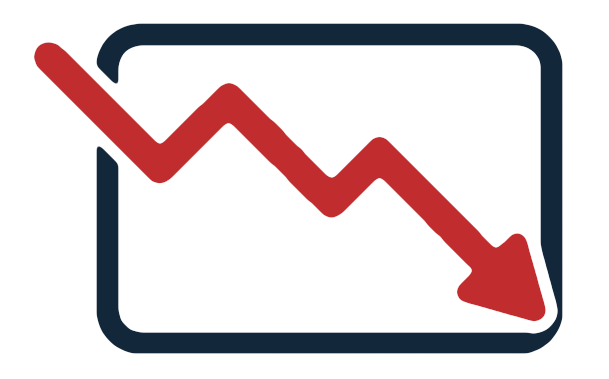Consumer Sentiment Decline: Leading or Lagging Indicator?
Consumer Sentiment Decline: Leading or Lagging Indicator?
Consumer sentiment has fallen sharply in recent months. We analyze whether this is predicting or reflecting economic weakness.
Recent Trends in Consumer Sentiment
The Consumer Sentiment Index has declined for six consecutive months, falling to levels typically seen during economic downturns. This persistent decline has raised concerns about the health of consumer spending, which accounts for approximately 70% of U.S. GDP.
Historical Relationship with Recessions
Historically, consumer sentiment has shown both leading and lagging properties with respect to recessions. While sharp declines often precede economic contractions, sentiment can also deteriorate as a result of already weakening economic conditions.
Current Analysis
Our analysis suggests that the current decline in consumer sentiment is primarily functioning as a leading indicator. The deterioration began before significant changes in unemployment or GDP growth, suggesting that consumers are anticipating economic weakness rather than responding to it.
Implications for the Economy
The forward-looking nature of the current sentiment decline is concerning, as it suggests consumers may reduce spending in anticipation of harder times ahead. This behavioral change could itself contribute to economic contraction through a self-fulfilling prophecy mechanism.
What to Watch For
Key metrics to monitor alongside consumer sentiment include:
Divergence between sentiment and actual spending patterns would provide important information about the predictive value of the current sentiment decline.
Conclusion
The sharp drop in consumer sentiment appears to be signaling future economic weakness rather than reflecting current conditions. This increases the recession probability in our models and suggests that consumer-focused sectors may face headwinds in coming quarters.
